Heirloom foods, those cherished culinary treasures passed down through generations, offer a unique window into our collective history and cultural evolution. These foods, often preserved through traditional methods like panagtapa, hold not just nutritional value but also stories of resilience, tradition, and adaptation. As we explore the art of heirloom food preservation, we uncover techniques that highlight the ingenuity of ancient practices while offering contemporary solutions to modern challenges. From the health benefits of these foods to the historical significance of methods like burying food, this journey delves into why heirlooms remain vital in safeguarding our culinary legacy and ensuring food security for future generations.
What Makes a Food Heirloom?
An heirloom food, particularly heirloom vegetables, is defined as a variety of plant that has been passed down through generations due to its unique qualities and adaptability. Here are the key characteristics that define an heirloom:
- Age : Heirloom vegetables are typically centuries old, dating back to ancient civilizations. Their longevity is tied to their ability to thrive in diverse environments and adapt to changing conditions.
- Open-Pollination : Unlike hybrid varieties, heirloom plants are usually open-pollinated, meaning they can reproduce naturally without human intervention. This trait allows them to maintain their genetic integrity over time.
- Diversity : Heirloom vegetables exhibit a wide range of traits, including unique flavors, colors, shapes, and sizes. Each variety often has distinct characteristics that set it apart from others.
- Preservation : Heirloom seeds are carefully preserved and maintained by gardeners and farmers who recognize their value for future generations. This practice ensures the continuation of these valuable plant varieties.
- Gardening Benefits : Heirloom vegetables are prized by home gardeners for their resilience, disease resistance, and ability to produce abundant yields. Many heirloom varieties are more flavorful and nutritious compared to modern hybrids.
- Cultural Significance : Heirloom plants hold cultural and historical importance, often symbolizing a connection to the past and a respect for tradition. They are frequently celebrated in culinary circles for their unique taste and versatility.
By understanding these characteristics, gardeners can appreciate the true value of heirloom foods and their role in preserving agricultural heritage. Learn more about heirloom gardening .
Are Heirloom Foods Healthier?
Heirloom foods, also known as heirloom vegetables, are traditionally grown varieties of plants that have been passed down through generations. These plants are often preserved by small-scale farmers and gardeners due to their unique characteristics and genetic diversity.
- Nutritional Diversity: Heirloom plants typically have a broader spectrum of nutrients due to less intense breeding processes. They often contain higher levels of vitamins, minerals, and antioxidants compared to hybrid varieties.
- Fiber and Antioxidants: Many heirloom foods are rich in dietary fiber and antioxidants, which can support digestive health and reduce oxidative stress.
- Genetic Benefits: The genetic diversity of heirloom plants allows them to adapt to various environments, potentially making them more resilient and harder to find in commercial markets.
However, it’s important to note that while heirloom foods may offer some health benefits, they are not inherently “superfoods.” Their health properties depend on the specific variety and growing conditions. Overconsumption should be avoided, and it’s always advisable to consult with a healthcare professional before making significant changes to your diet.
To learn more about the benefits of heirloom foods and how to grow them, visit our heirloom gardening guide .
Burying Food: A Time-Tested Preservation Method
Burying food is an age-old technique for preserving edibles, leveraging natural conditions to extend shelf life. This method works by creating an environment that minimizes exposure to factors that cause spoilage.
How Burying Preserves Food
- Protects from Light and Oxygen: Buried food is shielded from light, which can degrade certain nutrients, and oxygen, which can lead to spoilage.
- Optimal Soil Conditions: The soil should be dry and slightly salty to create a inhospitable environment for microorganisms. The ideal spot is below the frostline to prevent freezing during winter months.
- Sheltered Location: Choose a dry, shaded area to protect food from excessive moisture and temperature fluctuations.
Which Foods Work Best?
- Fruits: Berries, apples, and pears excel due to their thick skins and low water content.
- Root Vegetables: Potatoes, carrots, and beets thrive in cool, dark environments.
- Corn: Fresh corn can be successfully buried for several weeks before harvest.
Tips for Successful Food Burial
- Depth Matters: Dig at least 18 inches below the surface to ensure safety from pests and frost.
- Avoid Waterlogging: Select a spot that doesn’t flood during rainy seasons.
- Timing is Key: Bury food when the ground is warm but not excessively wet.
- Label Containers: Use breathable containers like paper bags or wooden boxes to allow airflow while preventing contact with soil.
Sustainability Meets Tradition
Burrying food aligns with sustainable living principles by reducing waste and reliance on modern preservation methods. It’s a simple, eco-friendly way to connect with nature and extend the lifecycle of your harvest.
For more insights into traditional gardening techniques and sustainable practices, explore our Traditional Gardening section.
What Qualifies as Heirloom?
An heirloom is a cherished item, tradition, or practice that has been passed down through generations, often carrying significant emotional and historical value. These items or customs are carefully preserved and treasured by families or communities, often symbolizing continuity and heritage.
Key Characteristics of Heirlooms:
- Generational Passing : Heirlooms are typically handed down from one family member to another, often spanning several decades or centuries.
- Emotional Significance : They hold sentimental value, often serving as reminders of shared history, milestones, or cultural identity.
- Unique or Special Nature : Heirlooms are usually distinctive or irreplaceable, often crafted with skill or care.
- Preservation Effort : They are frequently maintained, repaired, or adapted to ensure their longevity for future generations.
Examples of Heirlooms:
- Family Heirlooms : Items like jewelry, furniture, or photographs that have been in a family for years.
- Cultural Heirlooms : Traditions, recipes, or customs that are upheld within a community or culture.
- Historical Heirlooms : Objects or practices with historical significance, such as family crests or traditional festivals.
The Importance of Heirlooms:
Heirlooms play a crucial role in preserving history and fostering connections between past and present. They remind us of our roots and inspire a sense of belonging. By caring for heirlooms, we ensure that their stories continue to be told and appreciated by future generations.
Learn more about heirloom gardening and how it contributes to preserving traditional practices.
Why Are Heirloom Tomatoes So Expensive?
Heirloom tomatoes are often more expensive than conventional varieties due to several factors:
- Higher Demand: Heirloom tomatoes are sought after for their unique flavor, nutrient density, and variety of shapes and colors, making them a premium product.
- Complex Growing Requirements: These tomatoes require more attention, including hand pollination and careful cultivation, which increases production costs.
- Perishable Nature: They don’t store well for long periods, necessitating fresh distribution and reducing supply.
- Limited Supply: Fewer farmers grow heirlooms due to lower yields and higher labor demands, limiting availability.
- Shipping Challenges: Their delicate nature makes transportation more difficult and costly to ensure they arrive fresh.
- Market Perception: Heirlooms are viewed as premium and rare, leading consumers to accept higher prices.
These factors collectively contribute to the higher cost of heirloom tomatoes, reflecting their unique value and the efforts required to bring them to market.
How Old Does Something Have To Be To Be Considered An Heirloom?
An heirloom is typically defined as an item of value that is passed down through generations. While there is no strict rule regarding the age of an heirloom, its status often depends on its historical significance, sentimental value, and cultural importance rather than a specific age. Here’s a breakdown of how age influences the perception of an heirloom:
- Historical Heirlooms : Items that have been in a family for centuries, such as family crests, ancient jewelry, or rare books, are often seen as true heirlooms regardless of their physical condition. These may be hundreds or thousands of years old.
- Family Heirlooms : Many family heirlooms are passed down after a generation or two. These could include items like grandmother’s ring, a great-grandfather’s watch, or a family Bible. Such items may be decades old but still hold significant sentimental value.
- Newer Heirlooms : In some cases, items inherited from a parent or grandparent within the last few decades can still be considered heirlooms, especially if they carry special memories or sentimental significance.
- Cultural Heirlooms : Beyond family, heirlooms can also refer to items of cultural or historical importance shared among communities or organizations. These may range in age depending on their origin and usage.
The key factor determining whether something is an heirloom is its emotional and historical connection to a family or culture, not necessarily its age. For example, a family may treasure a recently inherited piece of jewelry as an heirloom because of its sentimental value, even if it is not particularly old.
If you’re interested in learning more about preserving heirlooms or discovering ways to pass meaningful items to future generations, visit our heirloom gardening guide .
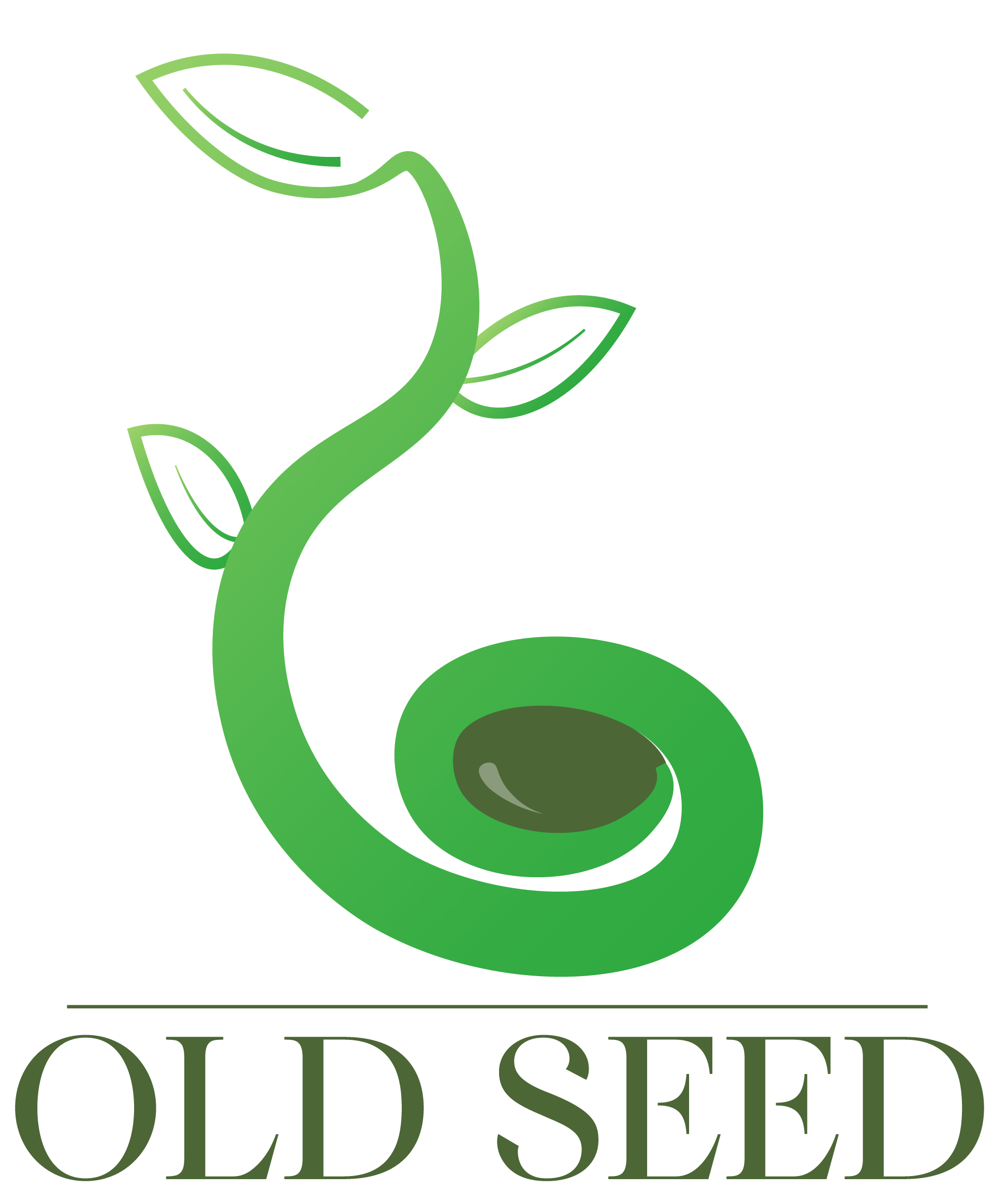
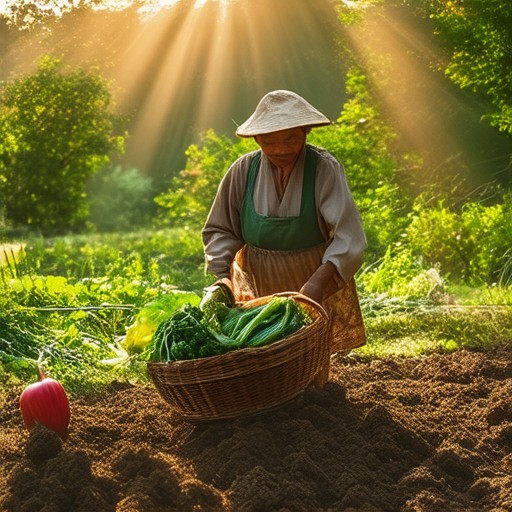
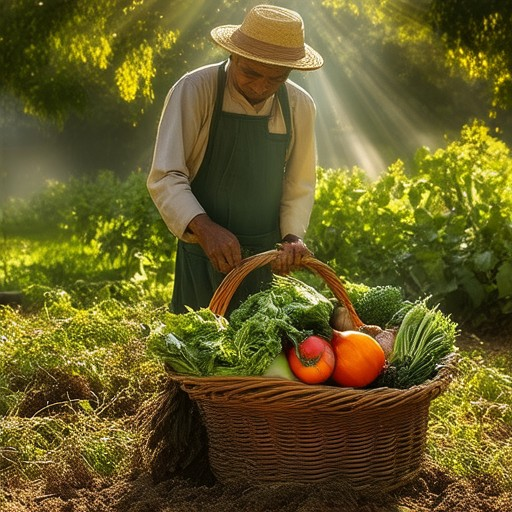
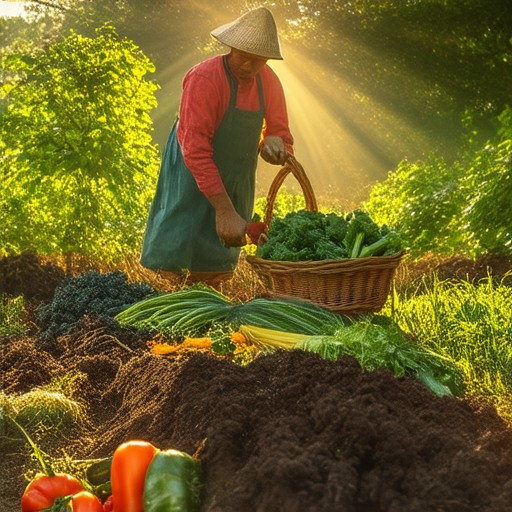
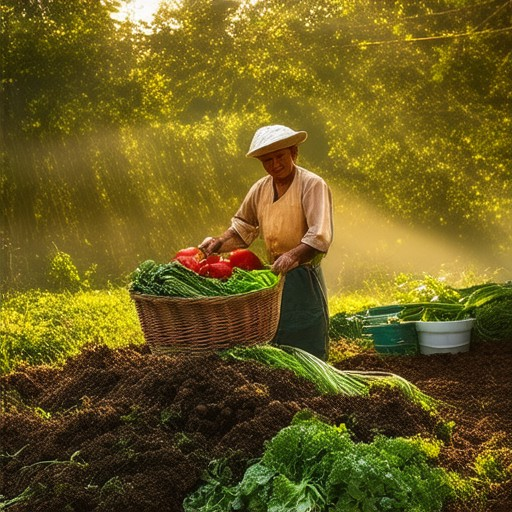

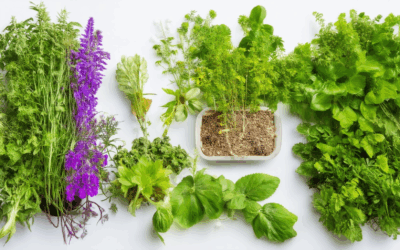
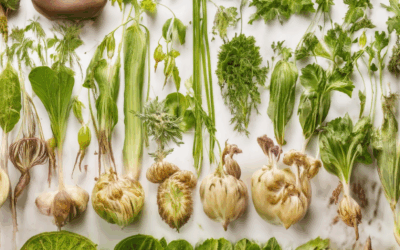
0 Comments